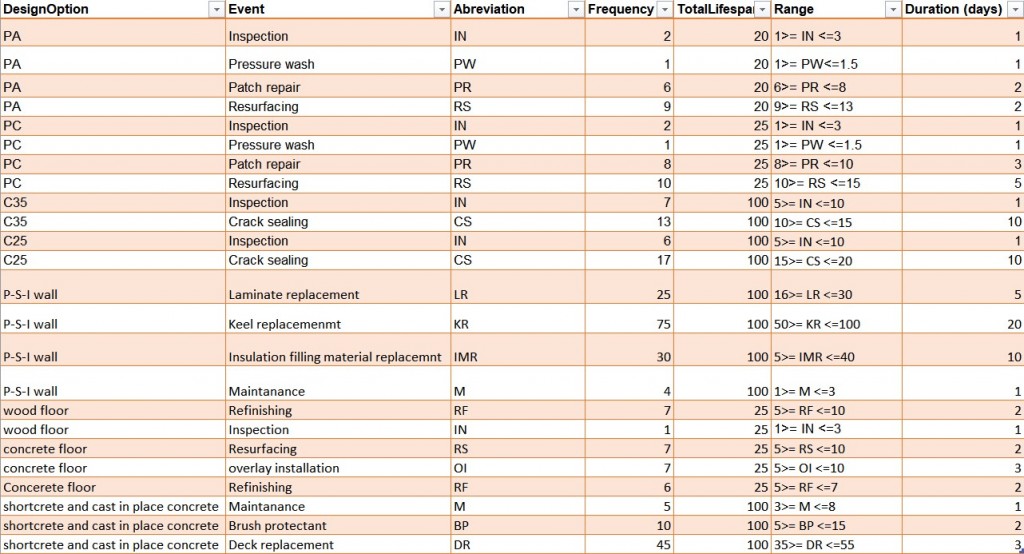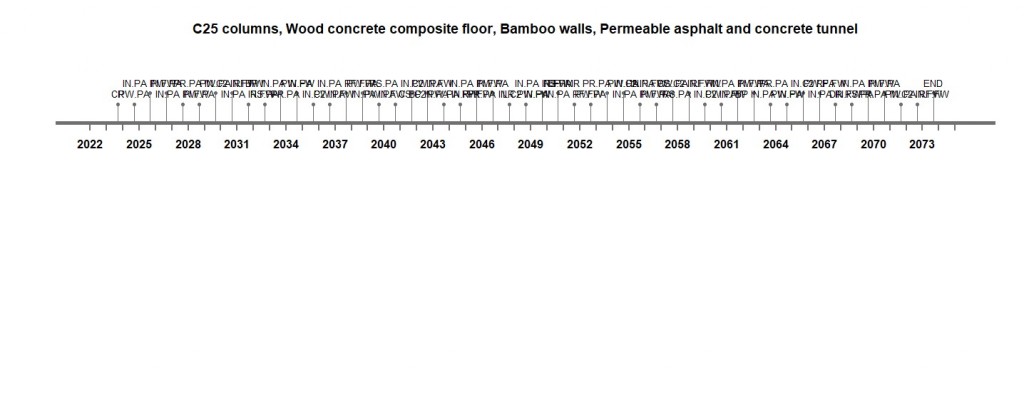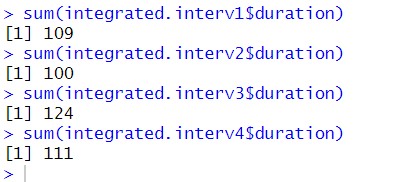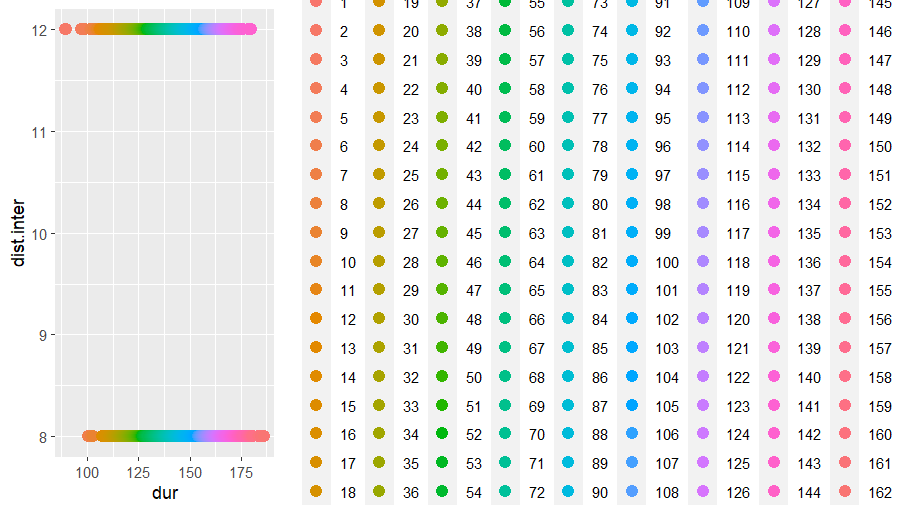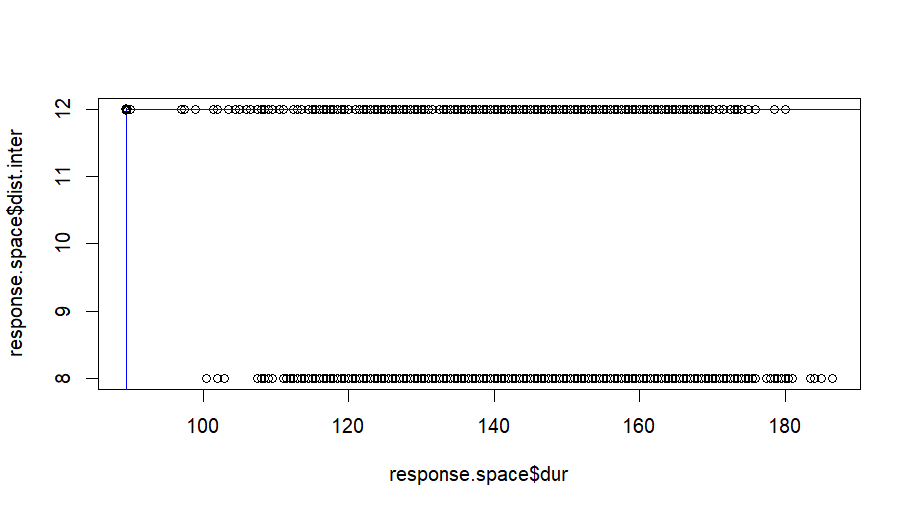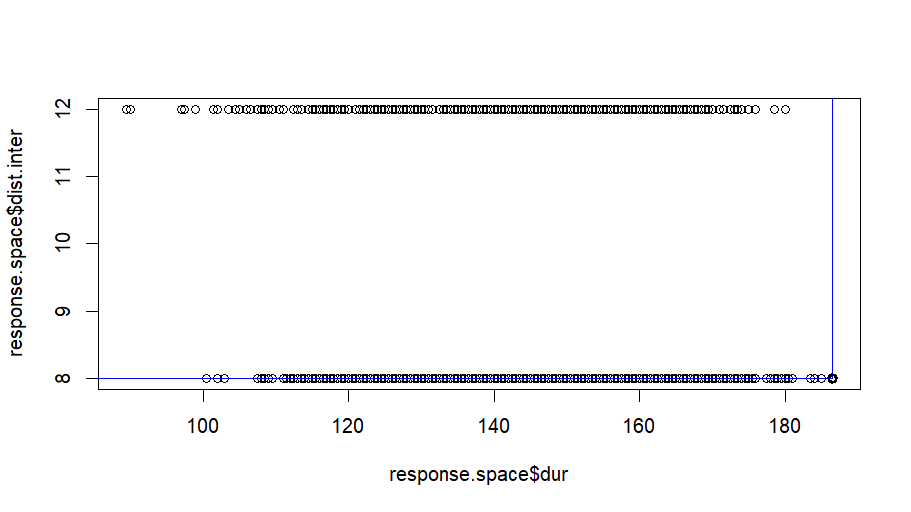Efficient maintenance planning for a system with multiple subsystems is crucial as it enables the coordination and synchronization of maintenance activities across all components. This coordination aims to minimize the overall impact of maintenance on the system and decrease the likelihood of failures or unexpected downtime.
In this phase of the analysis, our focus is on optimizing maintenance actions for subsystems to consolidate interventions and reduce the total number of days dedicated to maintenance throughout the system’s lifespan. To achieve this, we have considered a range of years within which each intervention for every subsystem can occur, along with the duration of each action in days. These details are presented in Figure 1.
Figure 1 Component Interventions, Frequency, Lifespan, Range, Duration
we get the graphical representation of the timelines presented below.
Figure 2 The System Maintenance Timeline
We will establish a method to merge the life cycle timelines of our five civil-engineered systems, aiming to identify the intersections and overlaps over a 50-year lifespan. The designated start date is January 1, 2024. It is important to note that this approach assumes an identical lifetime and starting date for all five subsystems within the integrated system. Construction time and the duration for dismantling/demolishing the product are not considered in this analysis.
Figure 3 The Calculation of The Total maintenance Duration Over Its Lifetime
As evident from the results displayed in the R console, design option 2 emerges with the least downtime, making it the preferred choice for the subsequent analysis. The next step involves visualizing and selecting maxima based on our preference, which, in this case, aligns with option 2. Utilizing the low() and high() functions offered by the rPref package, we aim to identify the optimal preference. Our objective is to minimize the duration of interruptions while simultaneously maximizing the intervals between interventions. After executing a specific R code, the results indicate the optimal outcome, as illustrated here:
Figure 4 Preferred Maintenance Strategies
The outcome is depicted in the following figure. In this visual representation, the explored alternatives are organized into 162 groups according to the established preference. While we are aware of the color associated with the top-rated alternatives, distinguishing them becomes challenging at this stage. Enhancing the graphical representation can be achieved effectively by incorporating the Pareto Frontier.
Figure 5 Maintenance Strategy Combination, Ranked Alternatives
Figure 6 Maintenance Strategy Combination, Pareto Front
The Pareto frontier serves as a powerful tool for decision-making, offering clarity and efficiency in selecting optimal solutions based on defined preferences and criteria. Its visual representation simplifies complex trade-offs, enabling strategic planning and informed decision-making. However, the approach has limitations, including its subjective nature dependent on defined preferences, potential computational complexity in large scenarios, and the static nature of its representation. Recognizing the strengths and weaknesses of the Pareto frontier enhances its value as a valuable decision-support tool in various contexts.(Ioannis GiagkiozisPeter J. Fleming, 2014)
